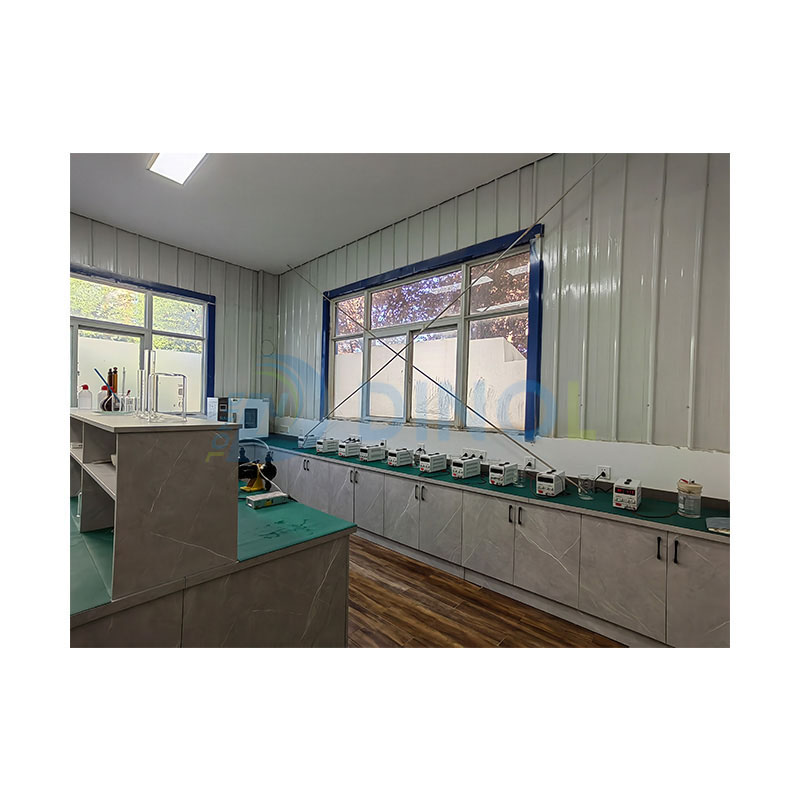Home / Technical Support / What are the specific contents of coating technology?
Jul. 30, 2025
In the context of titanium anodes, “coating technology” is not a single process but a closed-loop system that spans from material selection to final performance validation. It can be broken down into six tightly linked modules, each of which directly affects anode lifetime, operating potential and current efficiency:
Substrate pretreatment
• Degreasing → grit blasting (Ra 4–7 µm) → acid etching (10 % oxalic acid, 90 °C, 30 min) → water rinse → drying, to create a uniform matte surface for strong mechanical anchoring.
Active-layer formulation
• Precious-metal systems: Ru, Ir, Pt, Pd and their oxides.
• Dopants/stabilizers: Ta₂O₅, SnO₂, TiO₂, Nb₂O₅ to enhance corrosion resistance and lower oxygen-evolution over-potential.
• Ratio optimization: a Ru:Ir molar ratio of 7:3 or 6:4 maximizes chlorine-evolution activity; adding 0.2–0.5 % Ta₂O₅ extends lifetime by 20–30 %.
Coating application
• Coating solution: metal precursors (chlorides or alkoxides) + solvents (n-butanol, isopropanol) + viscosity modifier (ethyl cellulose).
• Methods: brushing, dip-coating with withdrawal at 5–15 cm min⁻¹, or electrostatic spraying.
• Single-layer thickness: 0.3–0.5 µm; total thickness 8–12 µm (XRF-controlled).
Thermal oxidation/sintering
• Temperature profile: room temp → 150 °C (solvent evaporation, 10 min) → 350 °C (precursor decomposition, 10 min) → 450–520 °C (crystallization, 10 min), repeated 6–10 cycles.
• Atmosphere: air or slight oxygen excess to avoid over-reduction.
• End-point: deep blue-black surface, crack-free, no metallic luster.
Post-treatment & activation
• Annealing: 480 °C for 1 h to relieve residual stresses.
• Electrochemical activation: 0.5 M H₂SO₄, 50 mA cm⁻², 30 min to form a stable active layer.
Performance validation
• Accelerated life test (ASTM B117): 1 M H₂SO₄, 40 °C, 20 kA m⁻², target ≥72 h.
• Over-potential checks: ≤90 mV for chlorine evolution in 1 M NaCl; ≤250 mV for oxygen evolution in 1 M H₂SO₄.
• Adhesion: cross-cut test Grade 0; thermal shock 450 °C ↔ room-temperature water quench 10×, no delamination.
In short, coating technology = “formulation + processing + validation” working as an inseparable trinity.
Email:dinore@di-nol.com
Whatsapp:+86 138 9245 5776